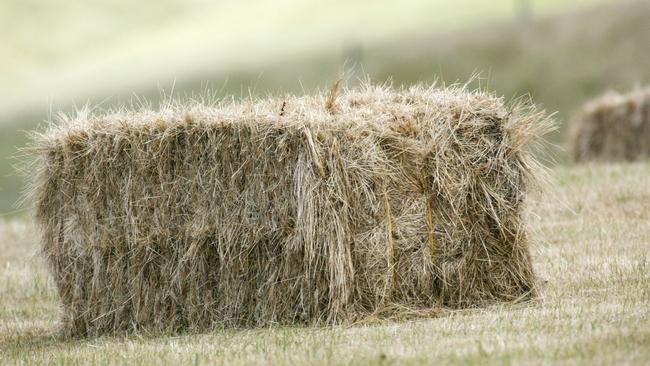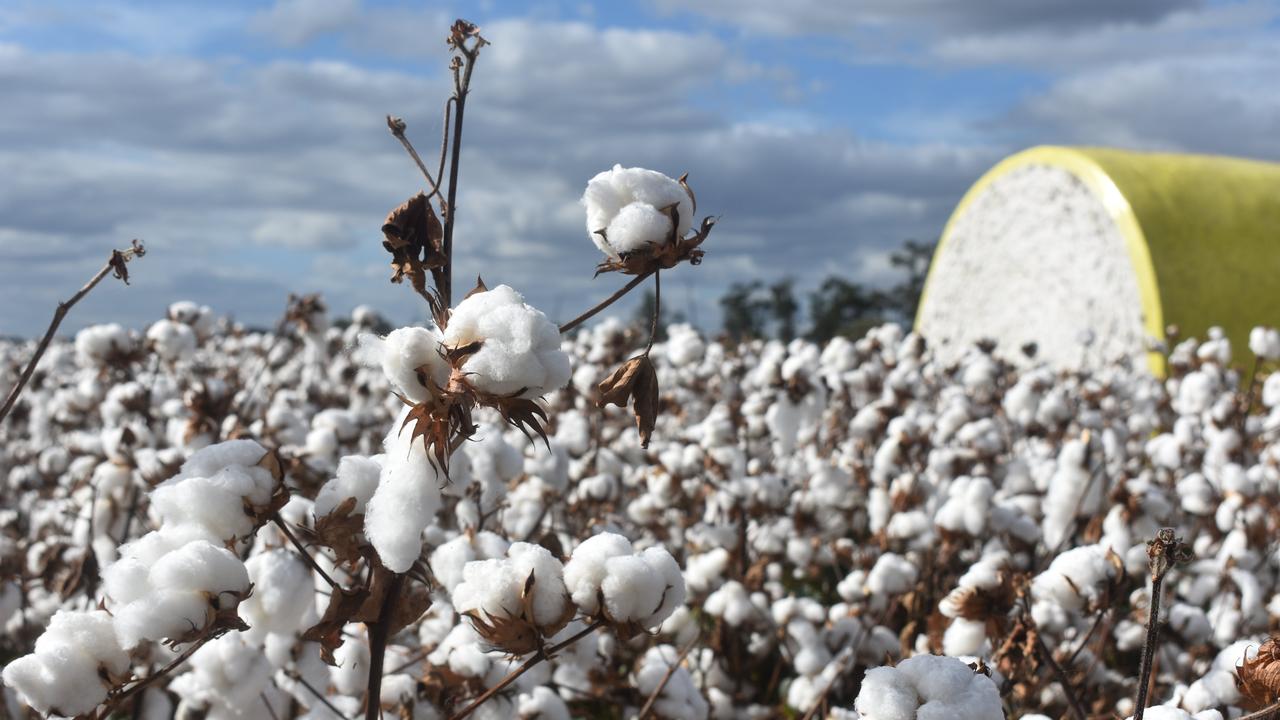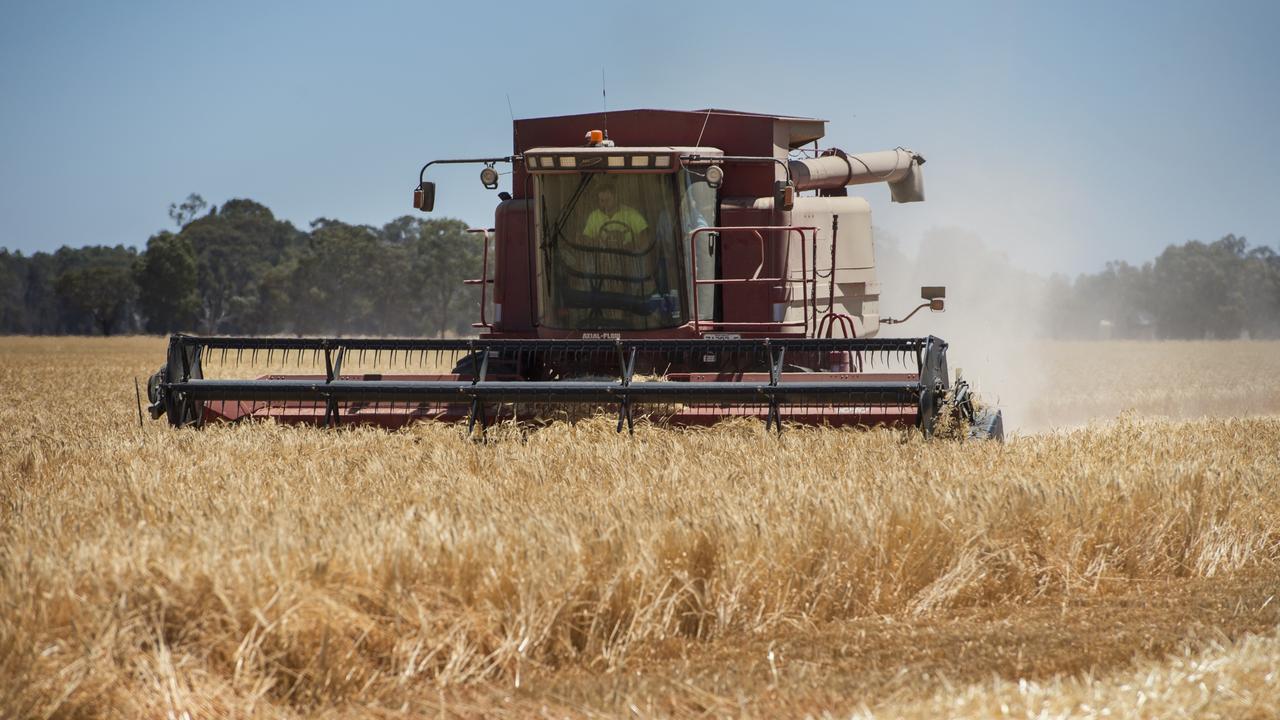The big wet leaves little quality in its wake
With the last of the new crop hay being baled now, this is how the prices are lining up. Buyers should pay attention to particular tests this season.

WEEKLY rain has made this year one of the most difficult hay-making seasons for decades.
The rush of baling and stacking hay has moved south and in the wake of harvest, hay producers are left with a void in the market.
Hay exporters continue their challenging task of sorting through the hay that the season has thrown at them.
Energy and sugar contents are low, while fibre levels are high, and colour is clearly bleached from rain. Some of the best hay baled in South Australia and Victoria may make a mid-grade export standard at $180 to $200 a tonne ex-farm, but most will be beyond the capacity of exporters to secure a willing buyer this year.
Other lines of oaten, wheaten and barley hay are freely offered for sale down to as low as $130 a tonne ex-Riverina, Mallee or Wimmera farm.
Growers have little option but to stack and secure hay as best they can. Long-term hay growers have seen this pattern before but for many new growers, it’s an unexpected outcome for their considerable investments in sheds and machinery.
Straw sellers caught off guard by the resounding rainfall in Queensland and NSW last February and March had been hoping demand might pick up in the new season.
This carry-over straw from the 2019 season is now offered for sale between $35 and $50 a tonne ex-Wimmera and Western District farm. Many straw stacks remain uncovered and the quality continues to deteriorate every time it rains.
Traditionally at this time of the season, the most sought hay is vetch.
The protein and energy of vetch hay can play a valuable role filling the feed gap of mid to late summer in both northern and southern regions.
Some of the best hay available is the hay that was carried over from last season. Hay exporters have varying portions of carry-over stocks, but those who have considerable inventory will be capable of maintaining a higher quality and higher market share in the coming marketing year.
Domestic buyers will be considering the higher quality of carry-over vetch hay. This time last year, vetch was selling for $280 to $300 a tonne ex-Mallee farm, and dairy farmers were willing buyers, given their improved milk prices.
This year, the feeding margins for dairy and beef farmers are just as positive and vetch is $100 a tonne cheaper, yet buyers are tough to find.
When considering weather damaged vetch this season, buyers should carefully consider the test results.
Vetch hay is testing from 15 to 22 per cent protein and seven to 10 ME units of energy, but fibre levels vary greatly according to the laboratory used.
Testing instrument calibrations for poor quality vetch hay is not checked via industry ring testing programs. Damaged vetch hay may need to be tested for yeasts and have fibre tests conducted via fundamental wet chemistry methods.
MORE
SEASON PLAYS HAVOC WITH HAY QUALITY AND OUTPUT


